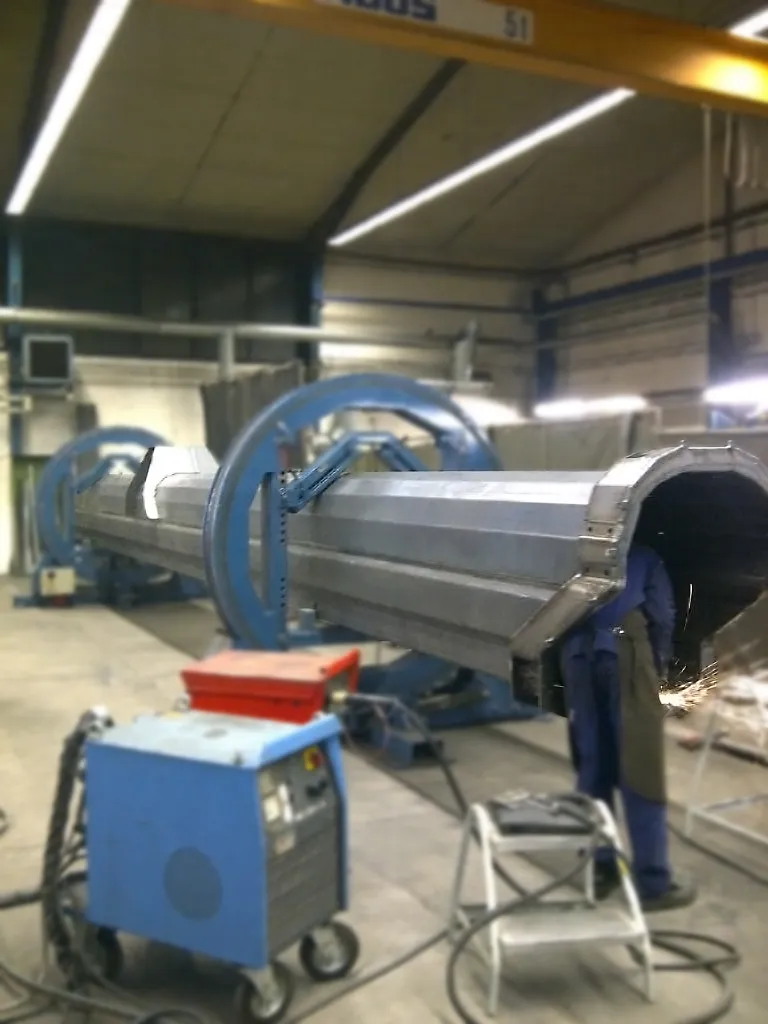A new strategy aimed at reducing pedestrian deaths is being introduced in the US. The move was introduced by US Transportation Secretary Anthony Foxx and includes a new set of tools to help communities combat the rising number of pedestrian deaths. As part of the campaign, the Department’s National Highway Traffic Safety Administration (NHTSA) is providing US$2 million in pedestrian safety grants to cities with the highest rate of pedestrian deaths. Along with the Federal Highway Administration (FHWA), the
August 28, 2013
Read time: 2 mins
A new strategy aimed at reducing pedestrian deaths is being introduced in the US. The move was introduced by US Transportation Secretary Anthony Foxx and includes a new set of tools to help communities combat the rising number of pedestrian deaths. As part of the campaign, the Department’s 2467 National Highway Traffic Safety Administration (NHTSA) is providing US$2 million in pedestrian safety grants to cities with the highest rate of pedestrian deaths. Along with the 2410 Federal Highway Administration (FHWA), the NHTSA is launching a website: %$Linker: 2 External <?xml version="1.0" encoding="utf-16"?><dictionary /> 0 0 0 oLinkExternal www.nhtsa.gov/everyoneisapedestrian www.nhtsa.gov false http://www.nhtsa.gov/nhtsa/everyoneisapedestrian/index.html false false %>with safety tips and resources for local leaders, city planners, parents and others involved in improving pedestrian safety.
According to NHTSA data, 4,432 pedestrians were killed in traffic crashes in 2011 – an 8% increase since 2009. At today’s press conference, NHTSA provided a breakdown of those numbers, which showed that three out of four pedestrian deaths occurred in urban areas and 70% of those killed were at non-intersections. In addition, 70% of deaths occurred at night and many involved alcohol.
According to NHTSA data, 4,432 pedestrians were killed in traffic crashes in 2011 – an 8% increase since 2009. At today’s press conference, NHTSA provided a breakdown of those numbers, which showed that three out of four pedestrian deaths occurred in urban areas and 70% of those killed were at non-intersections. In addition, 70% of deaths occurred at night and many involved alcohol.







